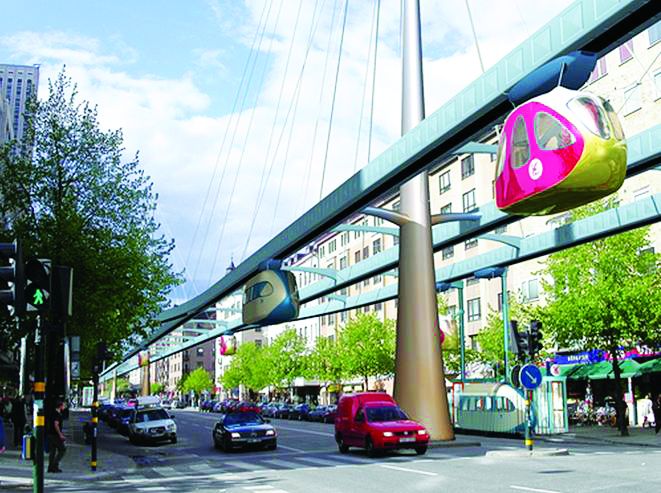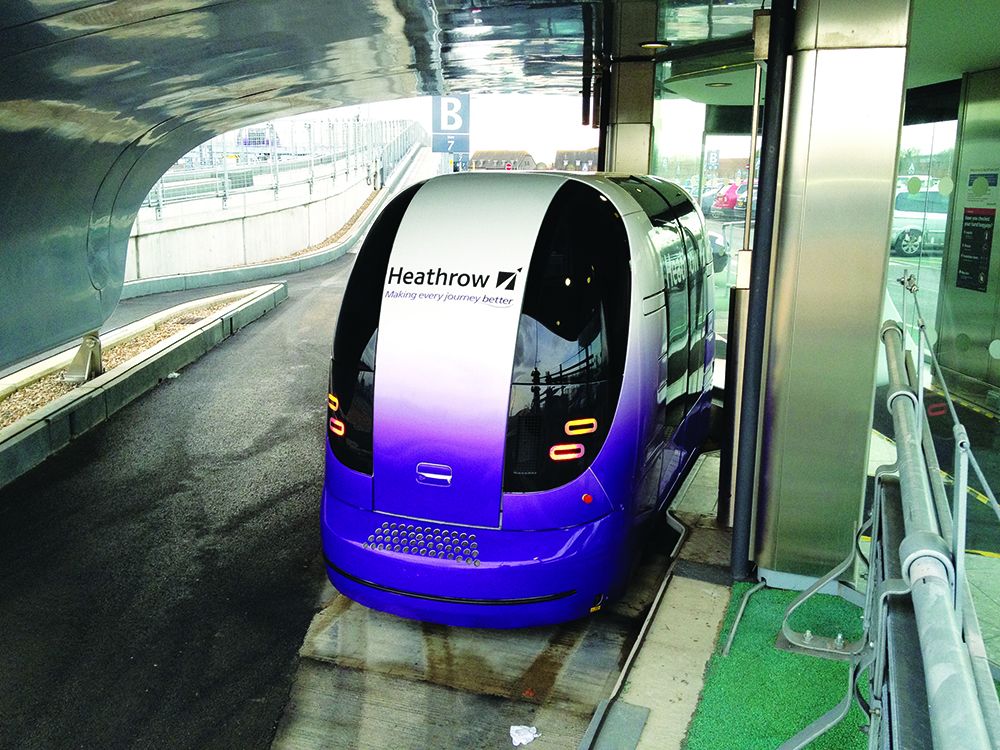As cities grow bigger and denser, authorities face some real challenges to ensuring future levels of mobility, in particular how to improve the efficiency and use of road space, which in cities is a very scarce resource.
The Mayor of Bogotá in Colombia once described road space as ‘gold dust’! Here we examine how global cities are using innovative methods to ensure that their inhabitants remain ‘connected’.
Car Sector
Around the globe the car sector is changing for the better. Most of the leading car manufacturers are currently investing in showcasing technology which will see web-enabled cars with the ability to speak to each other. This technology will allow them to warn each other about congestion hot spots that they have encountered, as they cross each other. These vehicles are also aware of vehicles around them which is beneficial from a safety point of view.
There’s interesting stuff happening on the roads themselves which isn’t strictly high tech, rather it’s smarter road design. The Dutch are installing smart road design that features glow-in-the-dark tarmac and illuminated weather indicators. Studio Roosegaarde has developed a photo-luminising powder that will replace road markings – it charges up in sunlight, giving it up to ten hours of glow-in-the-dark time come nightfall.
Roosegaarde has also developed special paint which can be used to paint markers like snowflakes across the road’s surface. In this example, when the temperatures drop to a certain point, these images will become visible, indicating that the surface will likely be slippery. The Roosegaarde design looks very promising for the UK, as some authorities are considering turning off or dimming lights on roads, residential streets, cycleways and footpaths from late in the evening to save money and to meet green targets.
Cycling
Innovation is not only happening with motorised transport modes. Many cities have set ambitious targets to increase journeys to work by non-motorised transport modes, such as cycling. However, one of the big issues for cities is where to store bicycles.
The Japanese company Giken recently launched the first automated, underground cycle parking system in Tokyo. The system is constructed of cylindrical structures, seven metres wide and ten metres deep, which are sunk below the surface, providing storage space for up to 200 bicycles.
The Royal Borough of Kingston-upon-Thames is now seeing the development of its futuristic cycling vision which includes a ‘Superskyway’ cycle route over the Thames and a pontoon-style cycle path along the river. Steer Davies Gleave developed the conceptual design of both ambitious schemes which aim to encourage more cycling throughout the borough. Find out more about Kingston's cycling scheme.
Personal Rapid Transit (PRT)
Cities everywhere are finding that the space available for roads is extremely limited. For the committed car user PRT could provide a public transport alternative which potentially supplies the same level of comfort and privacy as a car.
Examples of PRT schemes can be found in United Arab Emirates Masdar City (figure 1) and London’s Heathrow airport (figure 2).
Journey Planning
With visitor numbers on the rise, the historic City of York in the UK is using journey planning to shape, monitor and encourage behaviour change by residents and visitors alike.
Over the past year, City of York Council has been developing the iTravel York brand and website which includes a new and innovative multimodal journey planner to provide useful alternative mode information for journeys in the city centre.
As you can see, all sorts of technology suppliers, digital media integrators and businesses from other sectors are looking at innovative solutions to urban mobility! It’s a great sector to be involved in!

